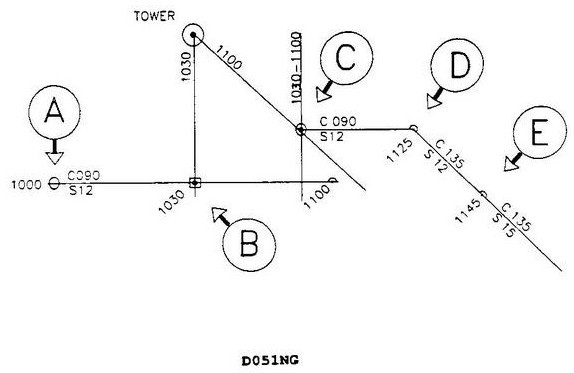Navigation General Practice Exam 1 + Extra Questions Highlighted In Book
- USCG
- IMO
2.
You may optionally provide this to label your report, leaderboard, or certificate.
×
Thank you for your feedback!
















